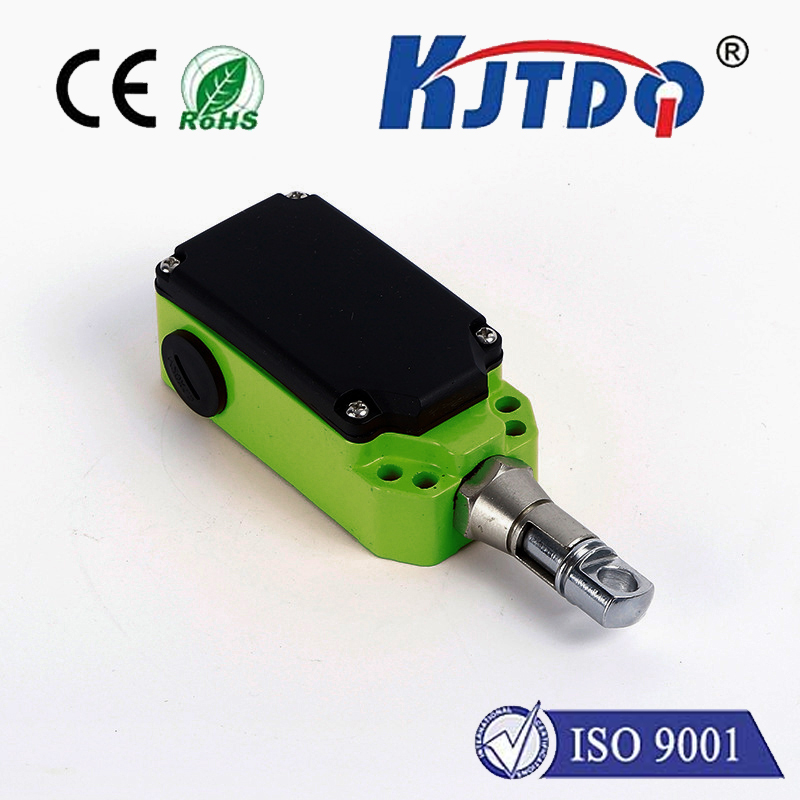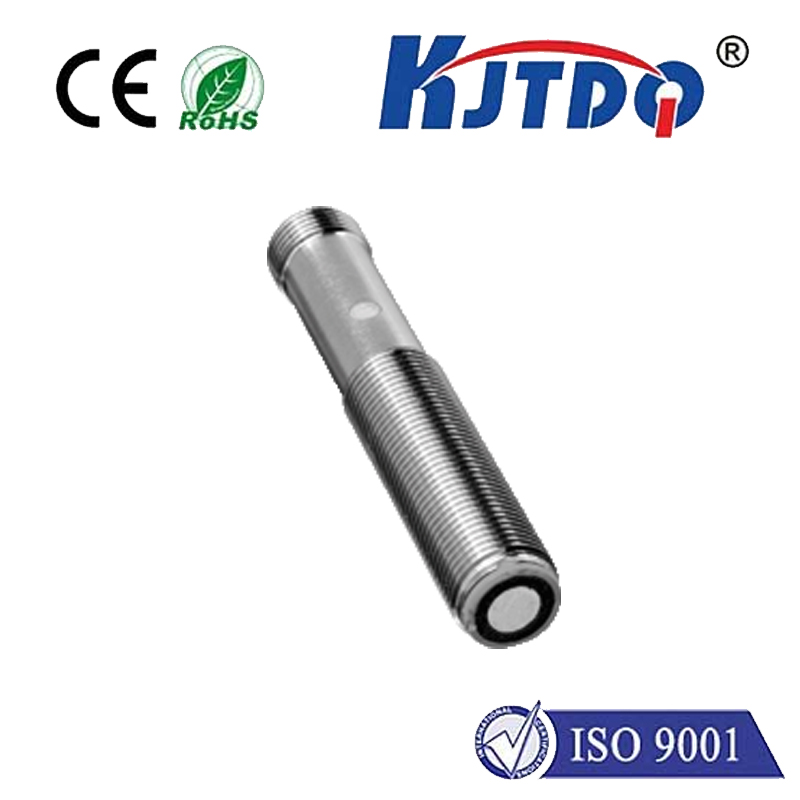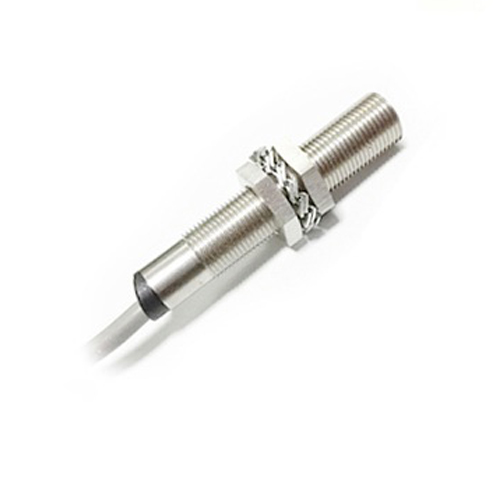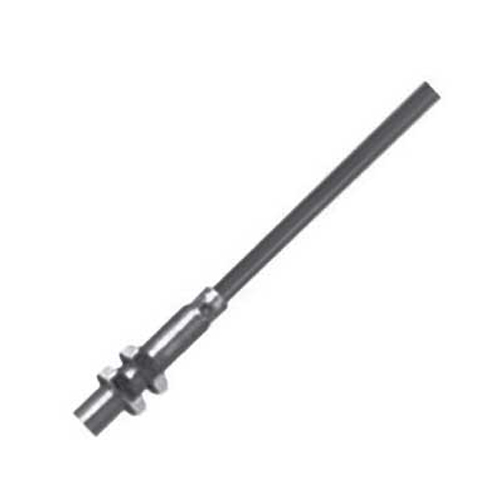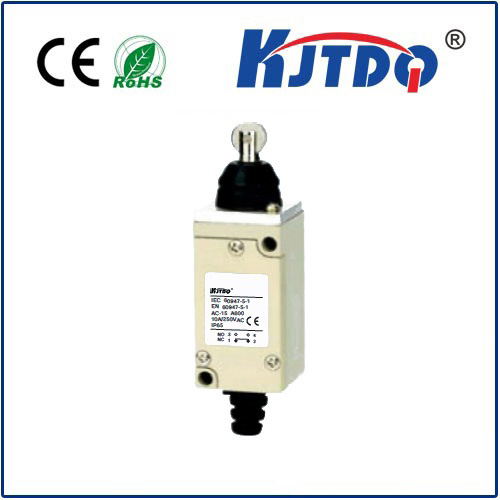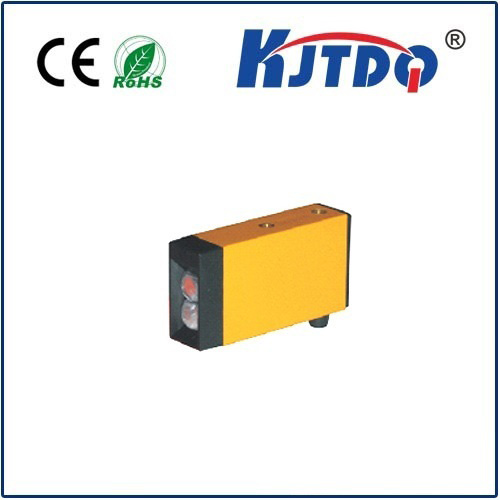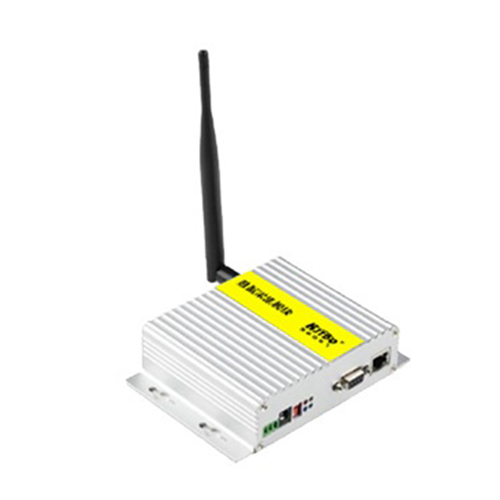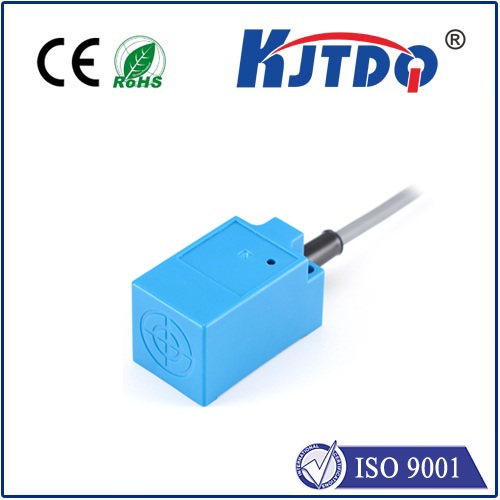

check

check

check

check

check

check

check

check

check

check
Title: The Fascinating World of Laser Profiles: A Journey Through the Science and Applications
Introduction
Lasers have been a part of our lives for decades, with their incredible ability to cut through materials, create detailed designs, and provide precise medical treatments. One aspect of laser technology that is often overlooked, however, is the concept of laser profiles or laser beam shapes. These shapes can have a significant impact on the performance and functionality of laser systems, making them an essential component to understand when working with lasers. In this article, we'll explore the science behind laser profiles, as well as some of their practical applications in various industries. We'll also discuss how laser profilers are used to measure and optimize these profiles for better performance.
Understanding Laser Beam Shapes
Before diving into the science behind laser profiles, it's essential to grasp the basics of laser beam shapes. A laser beam is composed of a continuous stream of photons, which travel in straight lines before being reflected by an object. The shape of the resulting beam depends on several factors, including the distance between the laser and the object, the material being interacted with, and the type of laser used.
There are several standard beam shapes that can be generated by a laser, each with its unique properties and applications. Some of these shapes include:

1. Gaussian Beam: This is a common type of laser beam used in various applications such as cutting, welding, and marking. It has a circularly symmetrical profile and is characterized by a high intensity in the forward direction but decreases rapidly towards the back.
2. Compound Beam: A compound beam consists of two或more beams that combine to form a single beam with a specific shape. For example, a combination of Gaussian and parabolic beams can be used to generate a complex beam shape suitable for applications such as laser printing.
3. Parabolic Beam: Like a compound beam, a parabolic beam combines two or more beams to form a complex shape. However, instead of combining Gaussian beams, parabolic beams are created by reflecting a laser beam off a flat surface at an angle. This results in a narrow and focused beam that is suitable for applications such as precision cutting and drilling.
The Importance of Laser Profiles
Understanding laser profiles is crucial for optimizing the performance and functionality of laser systems. By adjusting the shape of the laser beam, engineers can achieve desired effects such as increased efficiency, improved accuracy, and enhanced safety features. For example, using a different beam shape can help reduce reflections and improve the quality of materials processed by a laser cutter or engraver. Additionally, optimizing laser profiles can help prevent unwanted side effects such as eye damage or burns during operation.
Practical Applications of Laser Profiles
The science behind laser profiles has numerous practical applications across various industries. Here are some examples:
1. Medical Applications: Lasers with precise pulse profiles are used in surgical procedures such as cataract removal, skin resurfacing, and tattoo removal. These techniques require highly accurate beam shapes to ensure optimal outcomes while minimizing complications.
2. Manufacturing: Laser cutting machines use different beam shapes to achieve different levels of accuracy and speed when processing materials such as steel, aluminum, and plastics. Custom-designed laser profiles can be used for tasks such as forming intricate patterns or producing micro-scale components.
3. Material Processing: Lasers with compound or parabolic beams can be used for tasks such as engraving or marking on various materials like wood, metal, and plastics. By combining multiple beams with different shapes, engineers can create highly precise and efficient processes for material processing.
Laser Profile Measurement and Optimization Using Laser Profilers
